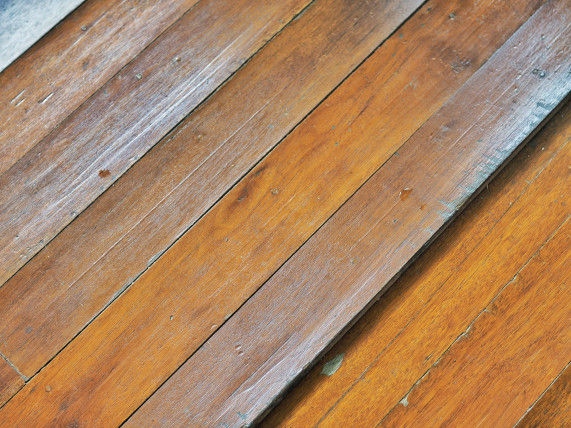Hardwood floors buckle when the humidity levels in the lower levels of the house are too high in the crawlspace or basement explains the basement health association in the article negative effects on hardwood floors.
Floor now buckled due to water.
Once the excess water has been handled minor buckled planks should return to normal.
For planks that.
Dishwasher or washing machine a fire with water used to extinguish the fire water spills accidents pet accidents a high water table in the ground that then forces.
Because the wood needs to accommodate this excess moisture it moves upward and the expansion causes it to buckle.
Wood floors can add character and style to your home but water damage leave dark stains and can cause the wood to buckle.
Moisture is the downfall of many hardwood floors.
Tendai after a wood floor starts to swell due to water damage it is.
Buckling occurs when the wood flooring actually pulls up from the subfloor lifting several inches in one or more places.
Hardwood floors will buckle if they are subjected to excess water.
The floors are now buckling in a number of different places.
Called the person who installed it and he said whoever put the baseboards back up put them to tight too tight to the floor and that the floors would straighten out if i had them removed and a gap left.
Because fiberboard swells when it gets wet a wet laminate board pushes against the one next to it.
Floor buckling happens most often after a floor has been flooded for an extended period of time.
Luckily if you can dry your wood floors they can often be saved.
Find more information about hardwood flooring now.
How to fix a buckled hardwood floor.
Fortunately this is not a common occurrence.
Buckling is when the hardwood floor lifts or separates from the sub floor.
If water seeps up under the flooring from an extremely moist concrete subfloor the adhesive can be weakened causing buckling in the floors.
Floor buckling is the most extreme reaction to moisture in a hardwood floor.
If the floor was installed properly there is an expansion gap around the perimeter than can absorb some of the movement but if the gap isn t there or if the baseboards are nailed to the floor instead of the wall the floor can t expand and swollen edges have no place to go but up.
If spilled water sits atop the flooring for too long or if moisture seeps into the wood from the subfloor.
For example if a toilet overflows and the water reaches the hardwood hallway the hardwood planks swell with moisture.
You can use a combination of surface drying and air circulation to help remove moisture from the wood.
Whether there is too much weight on the wood flooring or exposure to moisture understanding why buckling occurs is the first step to fixing it.
Wood can get wet or moist in a number of ways a flood from outside from the rain leaky pipes or frozen pipes ice damming a toilet overflow a leaky roof a hurricane or storm an appliance breaks or leaks e g.









